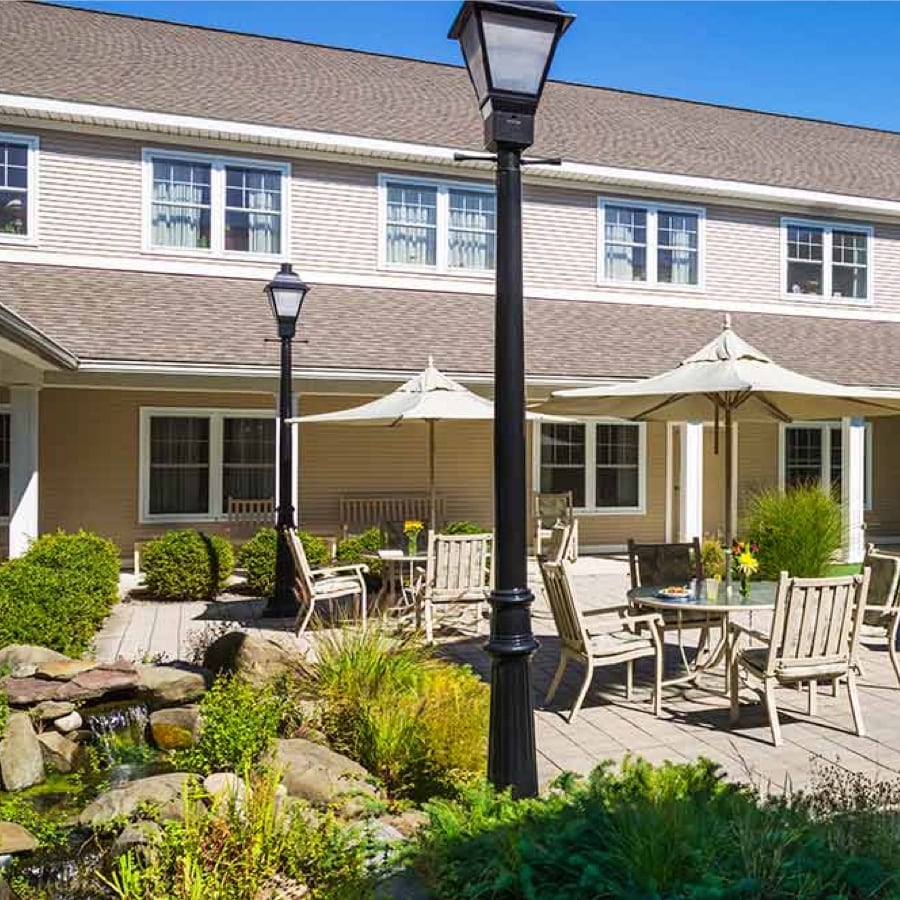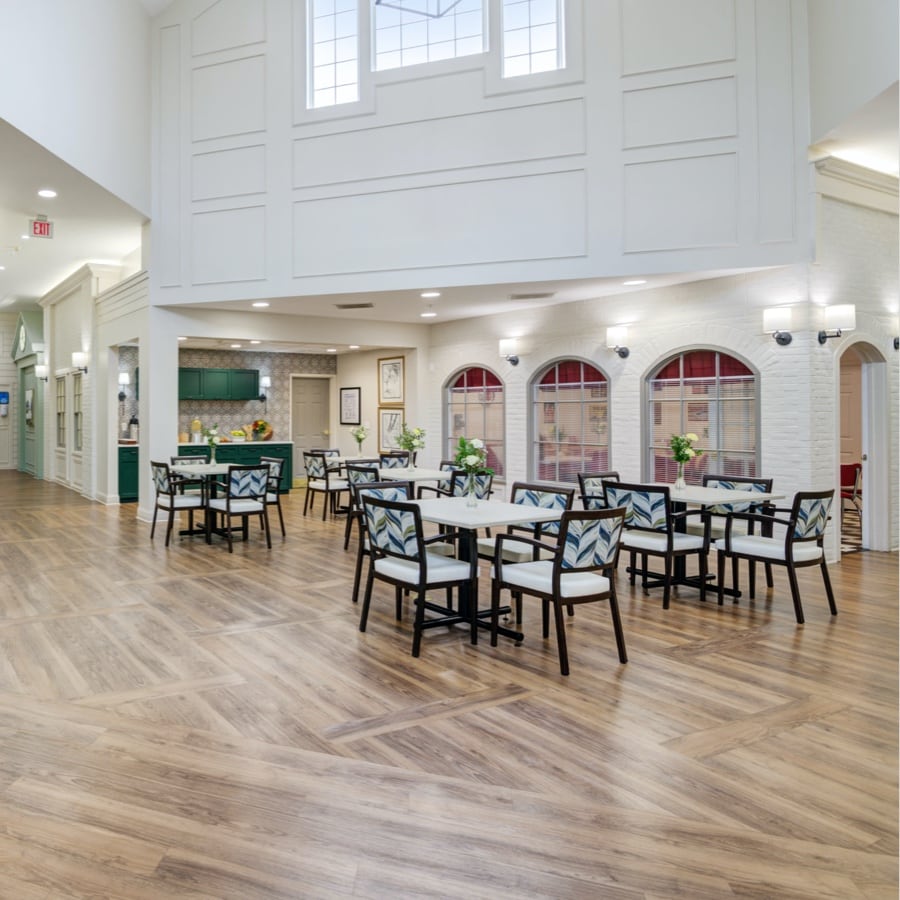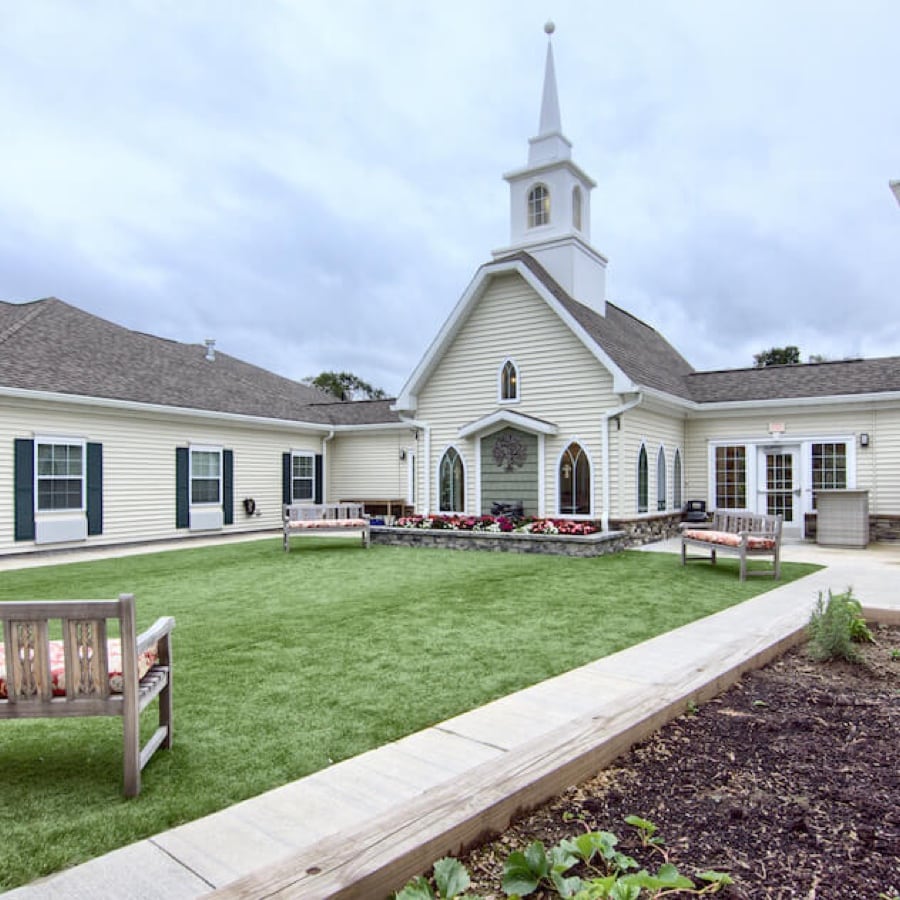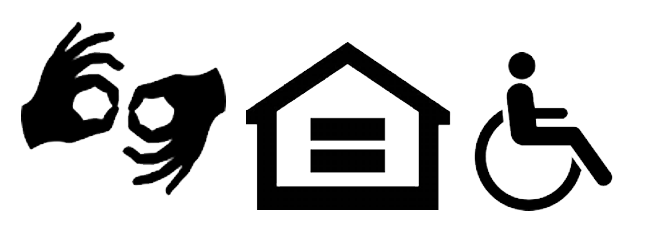It can be difficult to know what is really going on in the life of an older adult living on their own. While normal aging is to be expected, there can be warning signs for seniors living at home that signal it’s time to consider a safer lifestyle choice. Whether you see your loved one every day, or stay in touch via the phone or internet, you’ll want to pay attention to these red flags.
Warning Signs for Seniors Living at Home
• They never leave the house.
If your loved one rarely leaves the house or constantly declines social opportunities, you might want to check in and see what’s going on. It may be too challenging physically for them to leave their home, or socializing itself might feel burdensome due to hearing loss or memory decline.
Not being around others occasionally, however, can be harmful to their health. Research has linked social isolation and loneliness to higher risks for high blood pressure, heart disease, anxiety, depression, Alzheimer’s disease, a weakened immune system, and even death.
• They are neglecting personal care.
One of the most common warning signs for seniors living at home is poor hygiene. A loved one who suddenly has a disheveled appearance—uncombed hair, soiled clothing, teeth not brushed, or not bathing—is neglecting themselves, which can be due to depression, physical challenges, or the onset of dementia. Helping a senior maintain a positive appearance is more than cosmetic; it can lift their mood and help them better handle daily stresses.
• They are not eating well.
An older adult who is not getting proper nutrition most likely will have a poorly stocked food pantry and refrigerator, another of the warning signs for seniors living at home. You might find expired foods, or foods that do not offer the right mix of vitamins and nutrients. In addition, a senior who is skipping meals won’t show much energy. They are more likely to experience falls, or find it hard to stay warm. They may have also experienced a sudden change in weight.
There can be several reasons why eating has become an issue: difficulty chewing and swallowing, dental issues, inability to regularly get to a grocery for fresh foods or to prepare them, digestive issues and so on. Consulting a physician is wise.

• They show signs of frequent falls.
One-fourth of Americans age 65+ fall each year. While falls are not an inevitable part of getting older, they are one of the most serious warning signs for seniors living at home. Frequent falls increase the risk for injury, hospitalization, and life-threatening complications.
Falls are often triggered by an underlying medical issue, which is why seeing a physician is vital. Hypotension, vision problems and other health-related issues can cause dizziness upon standing which often leads to feeling faint and losing balance. Many times, medication dosage can be modified for a better outcome. Additionally, hazards in the home include piles of papers, throw rugs that slip, stairs, poor lighting, etc.
• They are mixing up their medications.
It is estimated that as many as 55% of senior individuals fail to comply with medication instructions, putting their health at risk through non-compliance. Although unintentional, medication mismanagement can result in dangerous consequences when doses are doubled or essential medications are missed altogether.
• They are wandering.
How can you detect wandering when you are not able to be around your loved one on a regular basis? Look for these warning signs: they are confused about the layout in their own home. They go for a drive or a walk and come back much later than expected. They frequently mention going to the office, or some other location from their past. They talk about going home, when they are already there, or they seem overly restless and often pace.
Wandering is one of the warning signs for seniors living at home that requires prompt attention and might best be solved by a lifestyle where they are not alone.
• They are showing cognitive changes.
Forgetfulness is something that most seniors experience from time to time. But if you notice stacks of unpaid bills, unusual purchases, changes in mood, personality, and/or the inability to plan or remember important dates, you might want to investigate further. See a physician to rule out side-effects from medication, illness, depression, or possible early indicators of dementia or Alzheimer’s disease.
Warning Signs for Seniors Living at Home: What to Do Next
Hiring a home health care aide can be hugely beneficial, yet it is not without its own challenges.
Finding a reliable, trustworthy caregiver, along with scheduling and financing each touchpoint of care is a time-consuming process. While your loved one may start out needing an extra hand with the housework and shopping, as time goes on their needs may progress beyond what a home health care-giver can realistically provide.
A senior living community could be the answer. The easygoing, low-pressure setting is often the ideal choice for an older adult who would appreciate assistance with daily activities and the reassurance of 24/7 care if needed. From getting dressed each morning, to medication management, to helping them schedule an appointment with the salon or barber down the hall- someone is there to help. Nutritious and delicious dining is another bonus along with companionship and conversation at meals. Activities, events, classes, fitness opportunities, outings, and more are all available, in a soothing setting that feels like a familiar neighborhood. In addition, family members have the peace of mind of knowing their loved one is benefiting from a setting designed for the safety, wellbeing, and happiness of each resident.
Through The Peregrine Way™®, your loved one’s unique traits and preferences are celebrated and honored. Independent living, assisted living and memory care—personal growth is at the forefront of everything we do.
Find the living option that fits you. Contact us today to learn more, and please download the free guide, The Complete Guide to Choosing Between Senior Living Options. We are here to help you!











